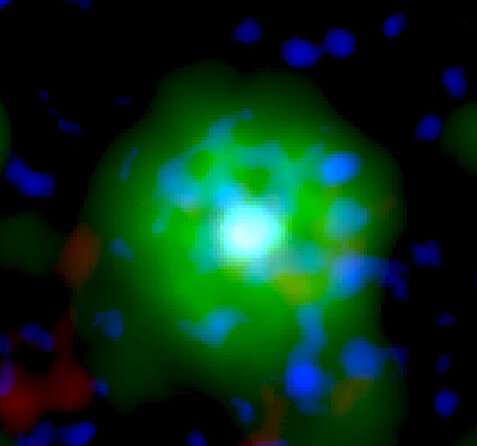A team of astronomers led by Lidia Oskinova of the University of Potsdam, Germany, used ESA's XMM-Newton X-ray telescope to study the object that was originally discovered in 2019.
Back then, astronomers already reported that the object has very high wind speeds and is too bright, and therefore too massive, to be an ordinary white dwarf. They suggested that the object is a new type of star that survived the merger of two white dwarfs.
Continued...
Source
Back then, astronomers already reported that the object has very high wind speeds and is too bright, and therefore too massive, to be an ordinary white dwarf. They suggested that the object is a new type of star that survived the merger of two white dwarfs.
Continued...
Source






















